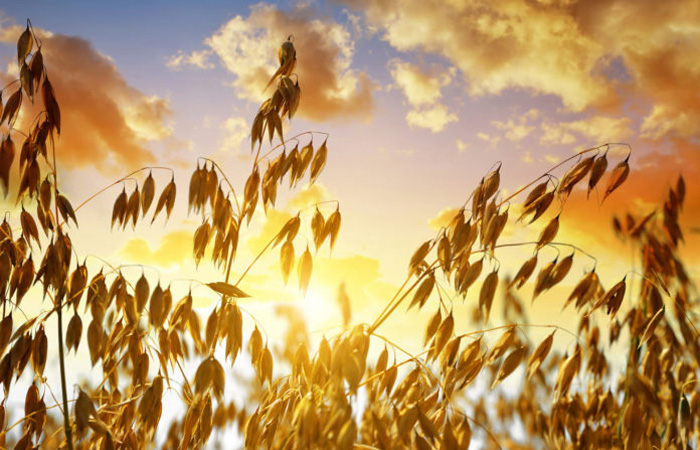Oats was the crop that used to power our farms. When draft horses were the means of plowing and seeding, oats was a major crop on the prairies. There are about 9 million acres of crop land in Manitoba and in 1921, before any tractors showed up, there were 2.2 million acres of oats. That is about 25% of all acres. Not all of them would be used to feed draft horses but a vast majority would have been. To power our farms, we needed oats and pasture and hay. Quite a high percentage of the land on any farm had to be dedicated to powering the farm.
Today if we wanted to power our farms from within the farm, we could do it by setting aside only 7-8% of our crop acres for canola to run our diesel tractors. This is a vast improvement in efficiency and could easily be done.
The conversion from horses to tractors took over 50 years. Tractors did not reproduce themselves, they did not always start easily, they took cash money to buy gasoline to run, however you didn’t have to feed them in the winter. As tractor technology improved and they became more reliable, most farmers switched over because they were easier to operate and didn’t get tired after 4 hours of work.
Oats acres declined from the high of 2.2 million acres in 1921 to a low of only 343,000 acres in 2013 because of low prices and not great yields. Since then, new oat varieties have been developed and there has been an interest in oats as a healthy human food. Prices have increased and acres seeded have rebounded to 563,000 acres in 2021.
Oats has been found to contain high amounts of soluble dietary fibre called beta-glucan that is known to lower cholesterol. In 2009 Dr. Vern Burrows and Dr. Bill Collins at Agriculture Canada developed hulless oats, Avena nuda. Standard oats, Avena sativa keeps the hulls on during threshing and they need to be removed in a separate operation. Gehl was the first variety of hulless oats and was marketed as twice the protein, ten times the fibre and five times the iron of rice. Hulless oats is a brilliant nutritious alternative to rice and it can be grown right here in Manitoba.
Oat groats are the kernels inside the hull. Whole oat groats must be stored carefully as they contain the germ which is prone to going rancid. Oats are processed either by steel cutting them into two or three pieces or rolled in one piece. Quick or Instant oats have been steam treated, then rolled very thin, then dried. They take less time to cook but have a higher glycemic index than steel cut or old fashioned rolled oats. I cook the old fashioned oats in the microwave for 3 minutes compared to only 1 minute for instant oats. In that extra 2 minutes I can pour and enjoy my first cup of coffee.
Oats acres are somewhat limited to fields that do not have a lot of wild oats, Avena fatua. When summer annual crops are grown continually on the land, as they are on most Manitoba farms, the wild oats proliferates. There is no herbicide to remove wild oats from tame oats as there is for all the other crops. The result is that many farmers do not plant oats, even though it is the least expensive crop to grow.




